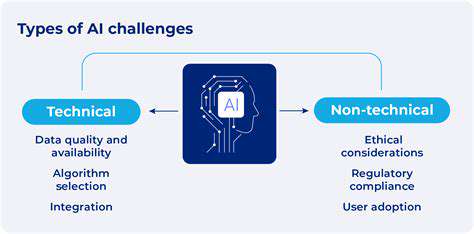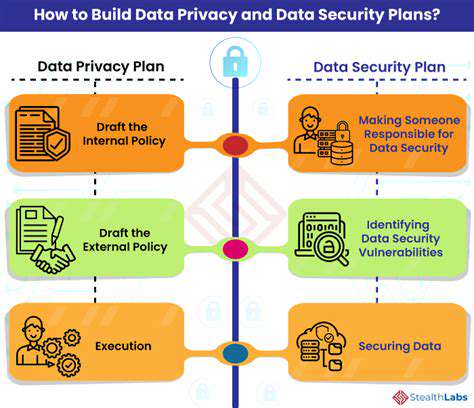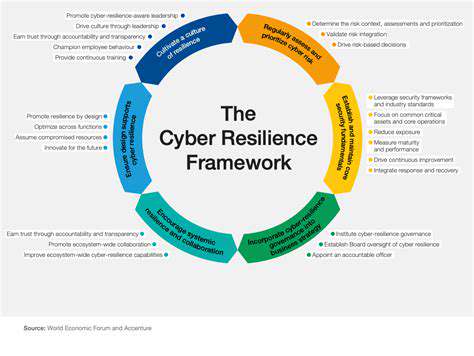Types of Quantum Logic Gates
Single-Qubit Gates
Single-Qubit gates manipulate the quantum state of a single qubit. These transformations are fundamental to quantum computation, allowing us to change the superposition or probability amplitudes of the qubit's states. They are crucial for preparing qubits in specific states before applying more complex operations, and for encoding information in the quantum system.
Examples of single-qubit gates include the Hadamard gate, which transforms a qubit from a |0⟩ state to a superposition of |0⟩ and |1⟩, and the Pauli-X (NOT) gate, which flips the state of the qubit. Understanding these basic transformations is essential for building more intricate quantum algorithms.
Hadamard Gate
The Hadamard gate, often denoted as H, is a crucial single-qubit gate. It transforms a qubit from a definite state, either |0⟩ or |1⟩, into a superposition of both states. This superposition is a fundamental concept in quantum mechanics, allowing qubits to exist in multiple states simultaneously, which is a key advantage over classical bits.
The Hadamard gate is essential for initializing qubits in a superposition state, a crucial step in many quantum algorithms. It plays a vital role in creating entanglement and leveraging the power of quantum computation.
Pauli-X Gate
The Pauli-X gate, also known as the NOT gate, is a fundamental single-qubit gate in quantum computing. It inverts the state of a qubit, transforming |0⟩ into |1⟩ and |1⟩ into |0⟩. This seemingly simple operation is a building block for more complex quantum transformations.
The Pauli-X gate is often used in conjunction with other gates to implement more sophisticated quantum logic operations. Its simplicity and direct effect on the qubit's state make it an indispensable tool in the quantum computing toolkit.
Pauli-Y and Pauli-Z Gates
The Pauli-Y and Pauli-Z gates are single-qubit gates that, like the Pauli-X gate, are crucial in quantum computing. They represent rotations around the y and z axes in the Bloch sphere representation of a qubit's state. These rotations effectively change the phase or superposition of the qubit.
While the Pauli-X gate flips the qubit's state, the Pauli-Y and Pauli-Z gates modify the qubit's phase and superposition. Understanding their action is essential for comprehending how to manipulate and control the quantum state of qubits.
Two-Qubit Gates
Two-qubit gates act on two qubits simultaneously, enabling entanglement and controlled operations. Entanglement is a key feature of quantum mechanics, where the state of one qubit is correlated with the state of another, regardless of the distance separating them. Two-qubit gates are essential for creating and manipulating entangled states.
Examples of two-qubit gates include the CNOT (controlled-NOT) gate, which flips the target qubit if the control qubit is in the |1⟩ state. This gate is fundamental for building quantum circuits and is crucial for quantum algorithms like Shor's algorithm and Grover's algorithm.
Controlled-NOT (CNOT) Gate
The CNOT gate is a fundamental two-qubit gate in quantum computing. It's a controlled-NOT gate, meaning that the action of the NOT gate on the target qubit is conditional on the state of the control qubit. If the control qubit is |1⟩, the target qubit is flipped; otherwise, it remains unchanged. This gate is crucial for entangling qubits and for building more complex quantum operations.
The CNOT gate's ability to create entanglement makes it a cornerstone of many quantum algorithms and is essential for building complex quantum circuits.
Other Quantum Logic Gates
Beyond the fundamental gates discussed above, a wide range of other quantum logic gates exist. These gates can be used to perform more specialized operations on qubits, enabling greater control and flexibility in quantum computations. These gates often incorporate rotations or other transformations tailored to specific algorithms.
Further exploration of these additional gates is crucial for understanding the full potential of quantum computing and its diverse applications. This includes gates like the Toffoli gate, which is a three-qubit gate, and various parameterizable gates. Exploring these advanced gates can open doors to specialized quantum algorithms and computations.

Quantum Gate Properties and Considerations

Quantum Gate Properties
Quantum gates are fundamental building blocks in quantum computing, analogous to logic gates in classical computing. They manipulate the quantum state of qubits, enabling the implementation of quantum algorithms. Understanding their properties is crucial for designing and controlling quantum systems. These properties encompass their unitary nature, reversibility, and the ability to transform quantum states in a precise and controlled manner.
Different types of quantum gates have distinct mathematical representations and functionalities. This diversity allows for a wide range of quantum operations, from simple rotations to complex entanglement processes. The precise mathematical description of these transformations is essential for their practical implementation and analysis.
Unitary Nature of Quantum Gates
A defining characteristic of quantum gates is their unitary nature. This means that they preserve the norm of the quantum state vector. This property is essential for ensuring the conservation of probability amplitudes during quantum computations. Mathematically, a unitary gate U satisfies U†U = I, where U† is the conjugate transpose of U and I is the identity matrix. This fundamental property guarantees that quantum computations do not introduce any extra probabilities or probabilities that disappear.
Reversibility of Quantum Gates
Quantum gates are inherently reversible. This contrasts with classical logic gates, which can sometimes lead to information loss. The reversibility of quantum gates is a direct consequence of their unitary nature. This property is crucial for building quantum circuits that can be efficiently simulated and analyzed.
Quantum Gate Types and Implementations
Various types of quantum gates exist, each with specific functionalities. Examples include the Hadamard gate, which transforms a qubit from a definite state to a superposition, and the CNOT gate, which performs a controlled-NOT operation. These gates form the basis for constructing more complex quantum algorithms.
Implementing these gates in physical systems is a significant challenge. Different physical platforms, such as superconducting circuits, trapped ions, and photonic systems, require tailored gate designs to achieve high fidelity and control.
Quantum Gate Fidelity and Error Correction
The accuracy of quantum gates is measured by their fidelity, which quantifies the closeness of the actual implementation to the ideal theoretical gate. High fidelity is essential for the reliable execution of quantum algorithms. Imperfections in gate implementation introduce errors, which can accumulate and degrade the quality of the final results. Error correction techniques are crucial for mitigating these errors and enabling fault-tolerant quantum computation. These techniques are still under development and represent a significant area of research.
Developing methods for detecting and correcting errors in quantum gate operations is paramount for realizing the full potential of quantum computation. Robust error correction protocols are crucial for building large-scale, reliable quantum computers.











